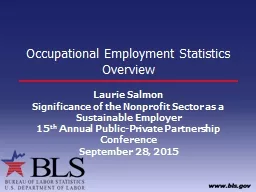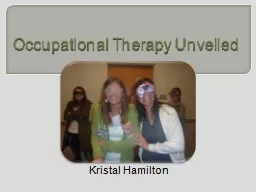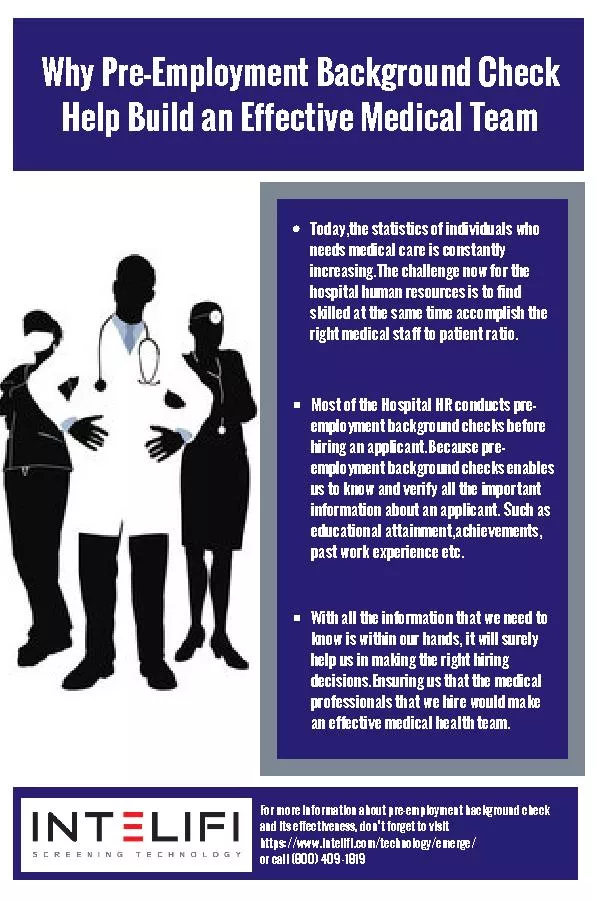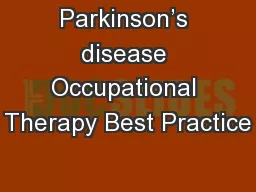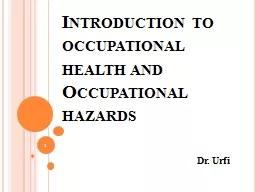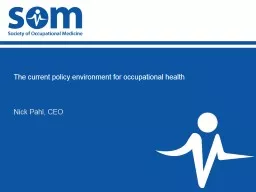PPT-Occupational Employment Statistics Overview
Author : pamella-moone | Published Date : 2018-10-31
Laurie Salmon Significance of the Nonprofit Sector as a Sustainable Employer 15 th Annual PublicPrivate Partnership Conference September 28 2015 Occupational Employment
Presentation Embed Code
Download Presentation
Download Presentation The PPT/PDF document "Occupational Employment Statistics Overv..." is the property of its rightful owner. Permission is granted to download and print the materials on this website for personal, non-commercial use only, and to display it on your personal computer provided you do not modify the materials and that you retain all copyright notices contained in the materials. By downloading content from our website, you accept the terms of this agreement.
Occupational Employment Statistics Overview: Transcript
Download Rules Of Document
"Occupational Employment Statistics Overview"The content belongs to its owner. You may download and print it for personal use, without modification, and keep all copyright notices. By downloading, you agree to these terms.
Related Documents

